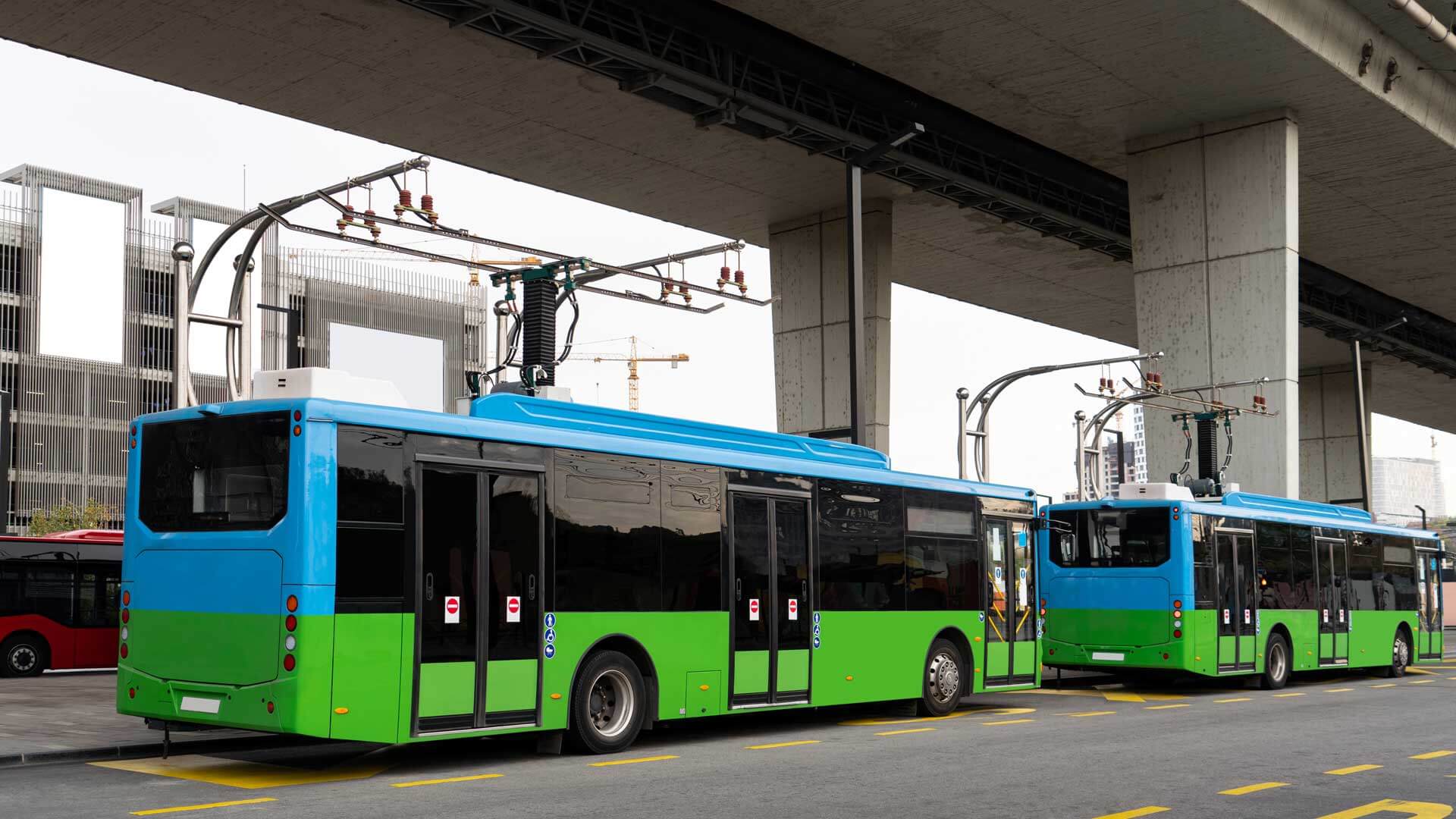CO-CREATING ACTIVE MOBILITY INNOVATIONS FOR GREEN, SAFE AND INCLUSIVE CITIES
Join us in our mission to co-create, test, evaluate and upscale inclusive, safe, resilient, and sustainable innovative urban mobility solutions for European cities and beyond! Our solutions will be developed and tested in 5 cities (Living Labs – LLs) and 10 urban areas (Safety Improvement Areas – SIAs) and replicated in 5 twin cities.
The race to climate neutrality in European cities by 2030 relies on the transition to more sustainable mobility habits and the adoption of energy models which are less dependent of fossil fuels. The exposure to harmful air emissions is the single largest environmental health risk in Europe (EEA, 2023). Physical inactivity and sedentary lifestyles have also dramatic impact on public health and are the 4th leading risk factor for mortality in the world (WHO).
The uptake of walking and cycling as daily modes of transport which are healthier and greener options compared to car use and dependency, relies on their inclusivity, and affordability, as well as their consistency with people’s needs to move around safely. AMIGOS aims to develop tools for gathering relevant mobility data by embracing the diversity of local communities in a wide range of European small and large cities. By visualising mobility scenarios through digital twins AMIGOS comes in support of decision-making for the development of policy and technological solutions to reducing traffic, encouraging active mobility, improving safety and increasing the quality of space for mixing different mobilities in urban areas.

THE PROJECT
Tomorrow’s Urban Mobility
Started in June 2023, AMIGOS is a 4-year Innovation Action funded with 9,1 million euros by the European Union’s Horizon Europe research and innovation programme.
AMIGOS stands as for Active Mobility Innovations for Green and Safe Solutions. Through co-creation activities and innovative digital tools, the AMIGOS project will identify present and future mobility challenges for 5 cities (Living Labs – LLs) and 10 urban areas (Safety Improvement Areas – SIAs). The digital tools include a Mobility Observation Box and an application for the collection of new mobility data, which will feed a big data platform for their analysis and digital twins to visualize mobility scenarios. They will allow urban stakeholders to identify mobility challenges and will serve as a basis for the co-development of adapted mobility solutions: towards reducing traffic, increasing public and active mobility modes, improving safety and co-habitation between different mobilities for the 5 LLs, and towards increased safety for the 10 SIAs). Therefore, key stakeholders such as public authorities and vulnerable users will be included in the definition of technological and policy solutions mobility solutions which will be implemented in the cities. Their environmental, safety, economic and social impacts will be assessed, in addition to their medium- and long-term impact and their replicability, in view of their implementation in 5 Twin Cities -TCs).
PILOT SITES
CONTACT US
We will be glad to hear from you! Reach out to us for any inquiries or assistance. We’re here to help you with your questions and concerns. Get in touch today!






